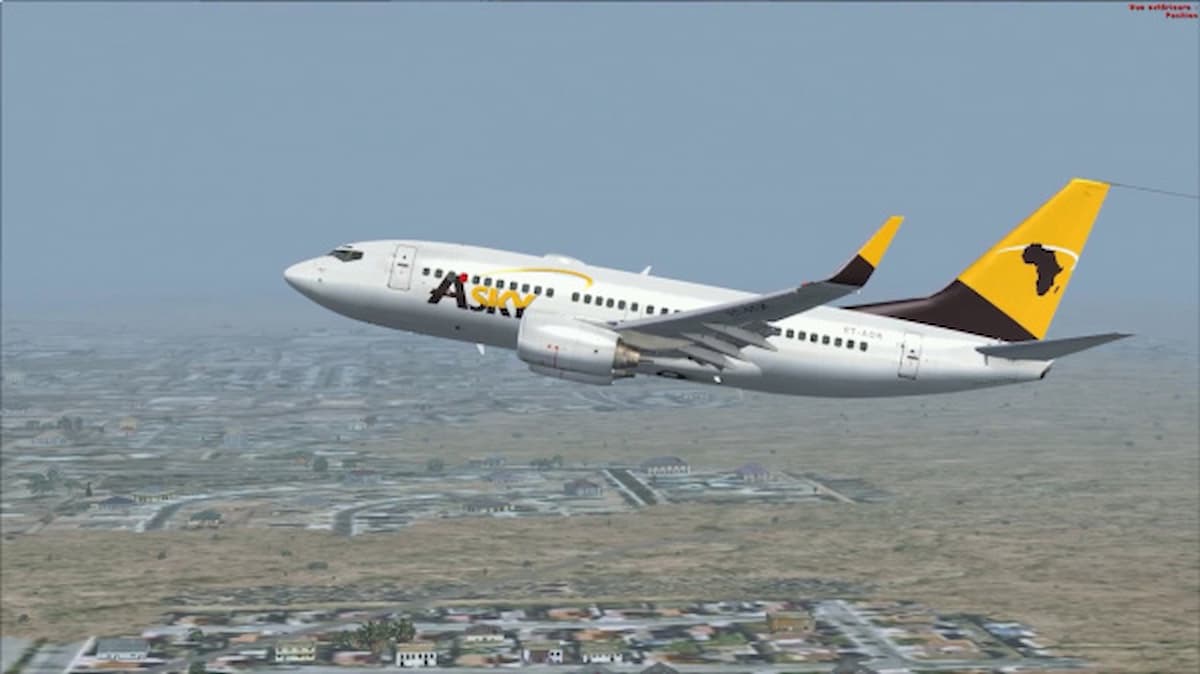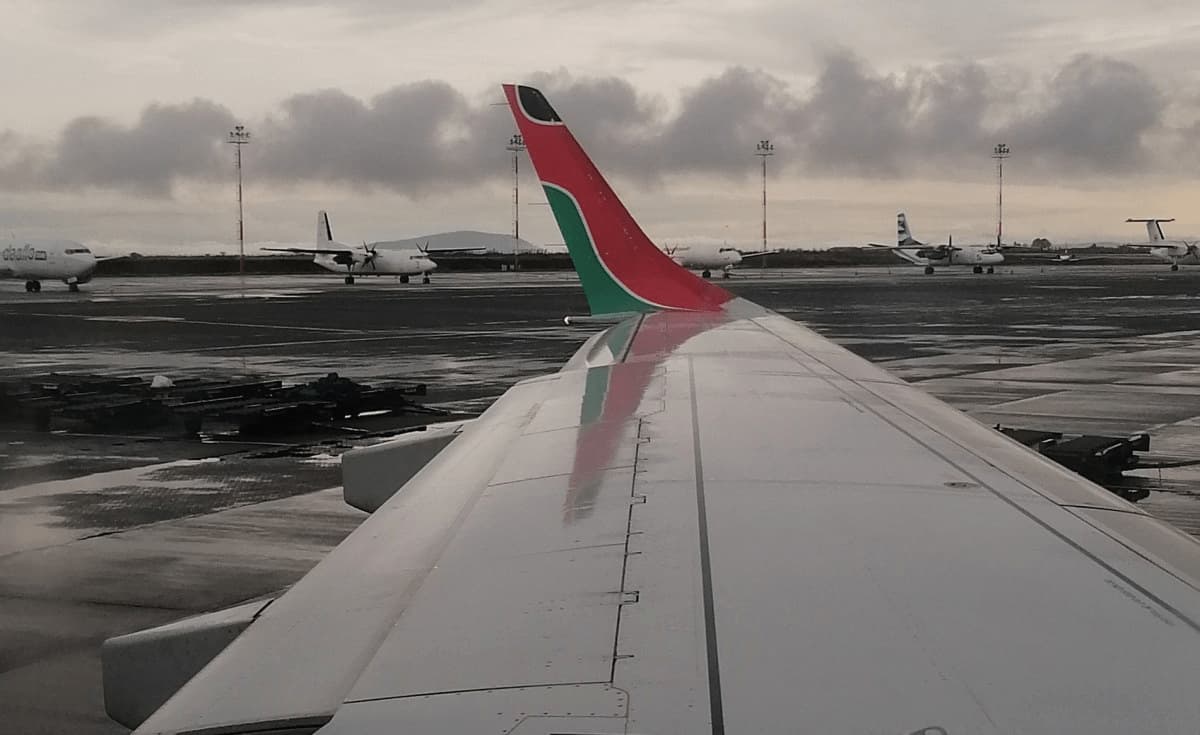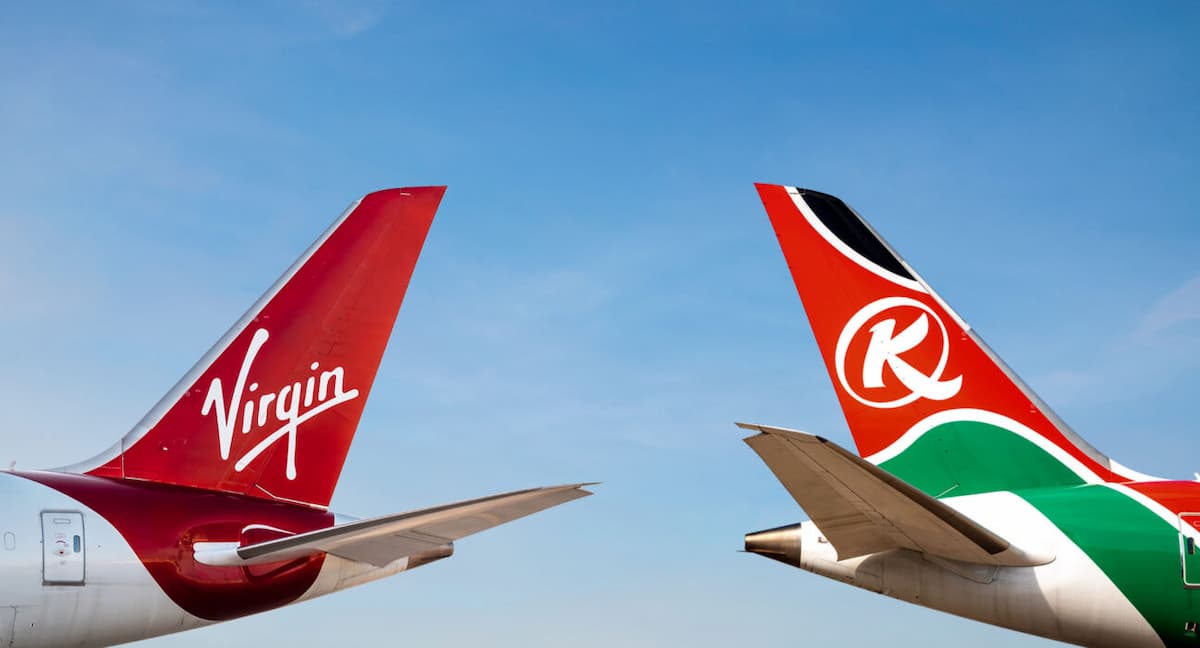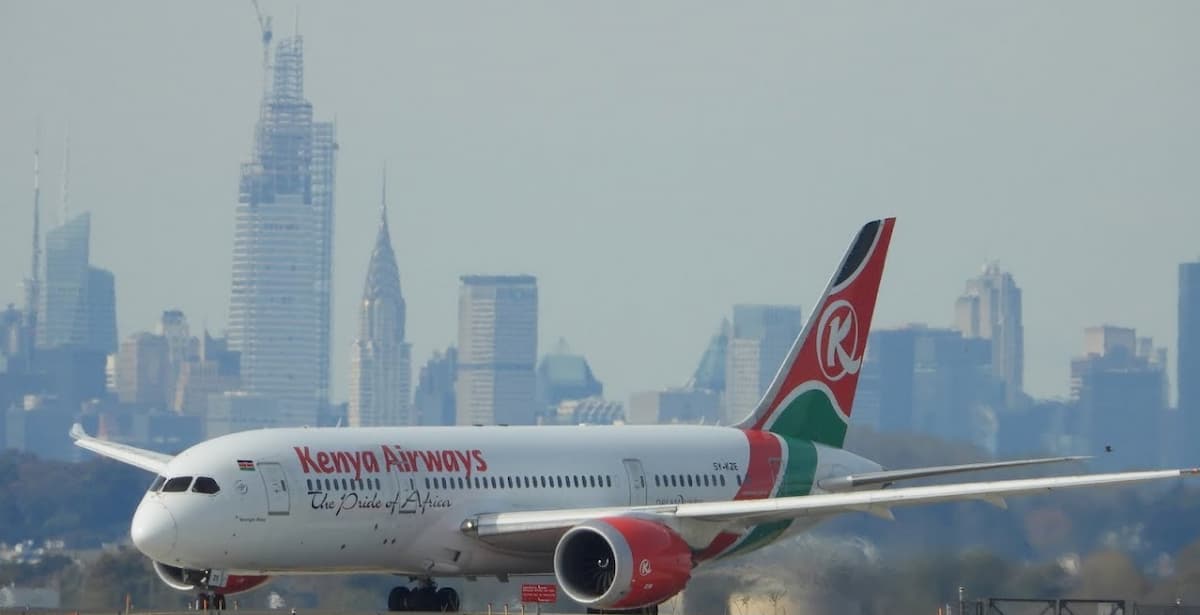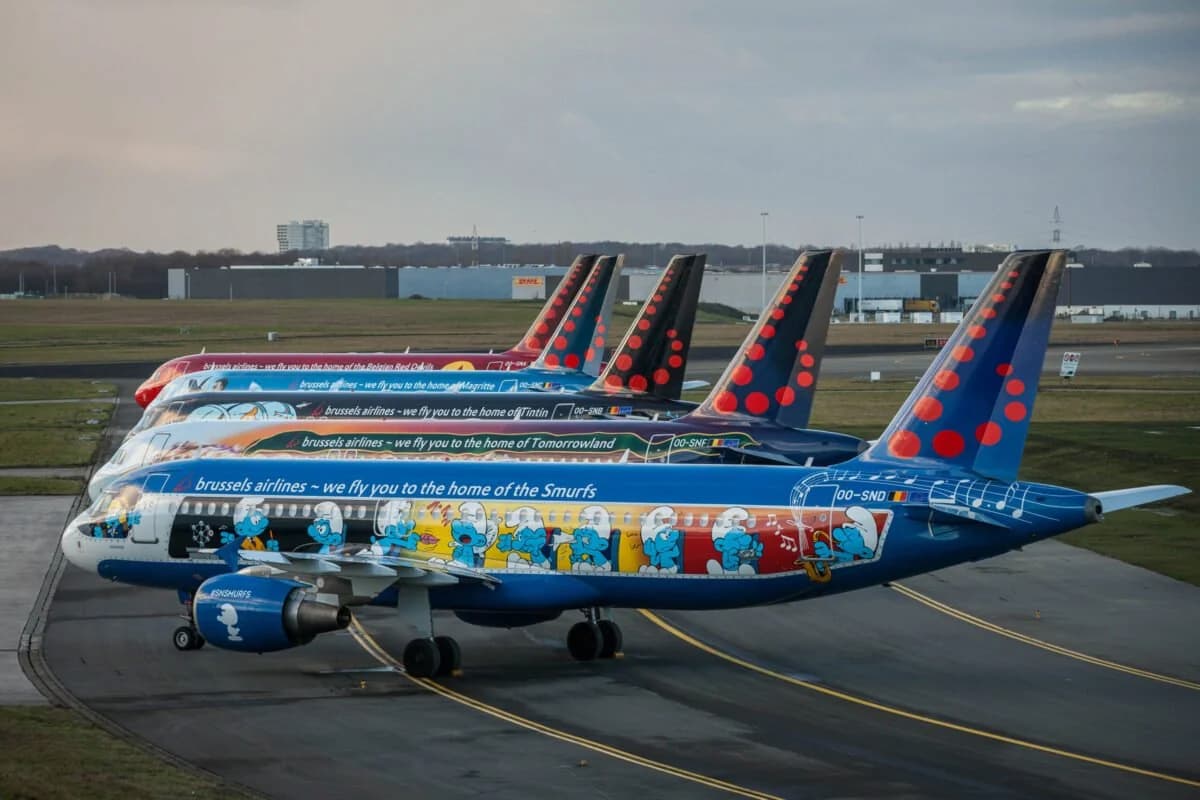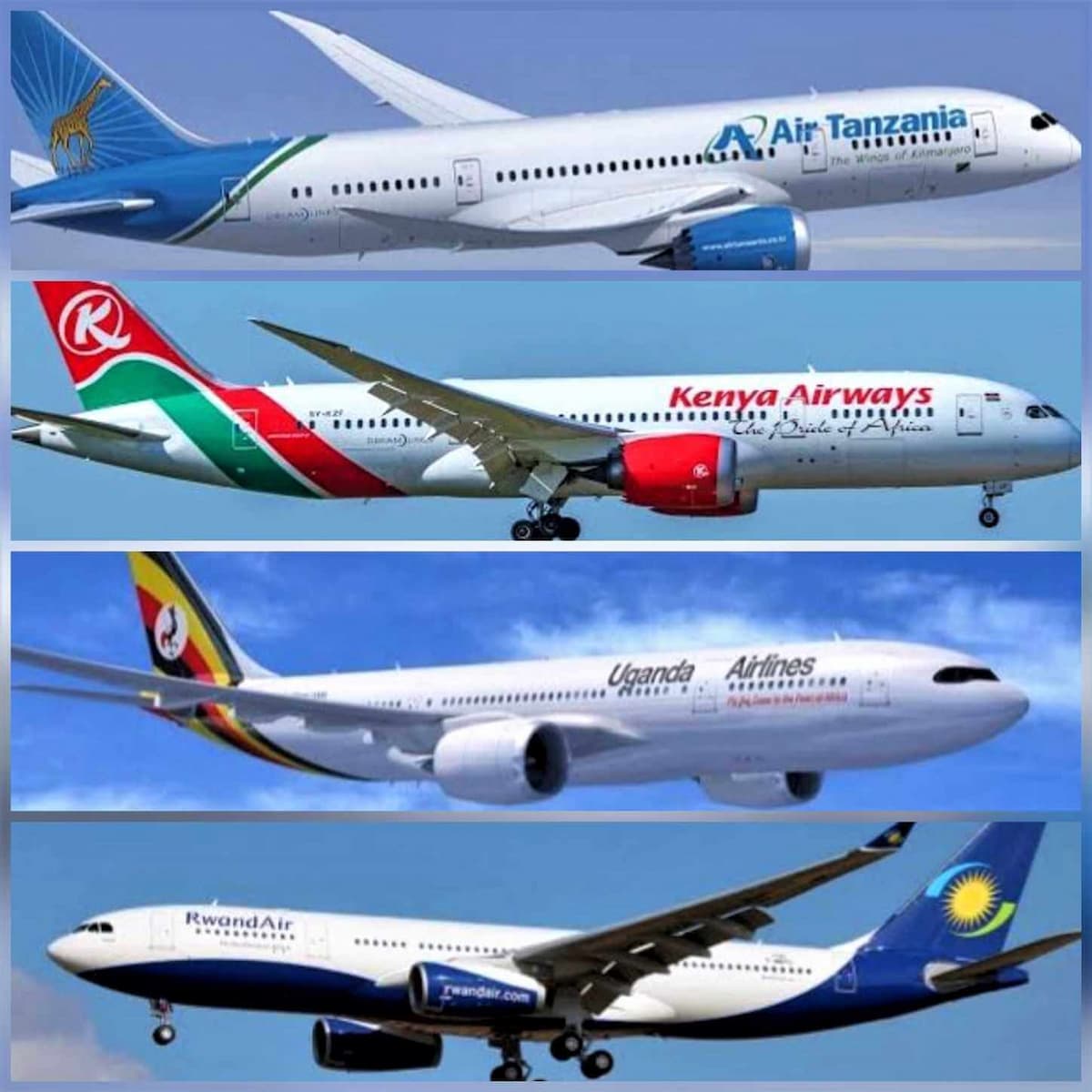Kenya’s national carrier recorded an operating profit of $80 million (Ksh10.53 billion) in 2023, its first since 2017. The airline saw several operational highlights last year, contributing to its improved performance. However, Kenya Airways still recorded a net loss due to the depreciation of the Kenyan Shilling (Ksh), among other factors.
287% growth in operating profit
The airline’s performance marked a significant milestone in its turnaround strategy as it continues to chart a return to financial sustainability. The $80 million profit recorded last year signifies a 287% growth compared to 2022, when it recorded an operating loss of $42.5 million (Ksh5.6 billion).
The airline managed to increase its revenue by 53%, ending the year at $1.3 billion (Ksh178 billion), primarily driven by increased capacity and higher passenger numbers. Speaking at an investor briefing, Kenya Airways Chairman Michael Joseph said,
“These figures highlight the airline’s remarkable performance over the year and provide encouraging signs of continued recovery within the air transportation sector. They also confirm the operational viability of the airline business and demonstrate that the management’s ongoing efforts to restore profitability are yielding positive results.”
Last year, the company saw total operating costs increase by 37% from $92.5 million (Ksh12.2 billion) in 2022 to $126.7 million (Ksh16.7 billion) in 2023 as it boosted operations to recover from the effects of the COVID-19 pandemic. With the additional capacity, direct operating costs increased by 48%, while fleet costs were lower by 47.5%.
Nonetheless, the Kenyan national carrier remains in the loss territory after recording a pre-tax loss of Ksh 22.86 billion and a net loss of Ksh 22.69 billion. This is a remarkable 40.6% improvement from the previous year, when it recorded a net loss of Ksh 38.26 billion.
Moving forward with the turnaround strategy
Kenya Airways has been battling financial and operational challenges for several years, prompting the Kenyan government to pump more cash into the airline. Its last full-year operating profit came in 2017, when it recorded a profit of $11.3 million (Ksh1.5 billion). The following years were also very challenging, with the pandemic adding to the carrier’s problems.
However, the carrier saw more positive results in 2023 and achieved a few organizational highlights, including the resumption of some pre-pandemic routes, improved on-time performance, and launching an independent frequent flyer program. Kenya Airways Group Managing Director and CEO Allan Kilavuka added,
“During the year, the company’s main focus remained on improving customer experience, operational excellence, and cash conservation. These efforts resulted in the airline improving its On-Time Performance (OTP) to a high of 76% from an average low of 58% at the beginning of the year, ranking it as Africa’s second most efficient airline.”
“Additionally, the introduction of the Asante rewards loyalty program and the revamp of KQ’s website aimed to better appreciate and reward customer loyalty while improving user-friendliness and functionality.”
The airline also increased its revenue by enhancing scheduled operations, passenger charters, partnerships, and cost containment measures. According to Kilavuka, Kenya Airways is now focused on taking advantage of the gains achieved in its turnaround strategy – Project Kifaru. It will work on completing the capital restructuring plan, which aims to reduce the carrier’s financial leverage and increase liquidity to ensure normalized operations.
Kenya Airways operations over the past year
Kenya Airways started 2023 with a fleet of 32 aircraft. While it has not significantly enhanced its fleet, it introduced an Airbus A330 in December to enhance capacity during the peak season. The widebody aircraft is wet-leased from Hi Fly and has mainly been operating flights from Nairobi (NBO) to Dubai (DXB) and Johannesburg (JNB) since early 2024.
Last December, the airline resumed regular scheduled flights to Bangkok (BKK) after a three-year COVID hiatus. It had earlier increased its Nairobi-London service to a record twice daily, as well as boosting its Nairobi-New York schedule. This year, the carrier plans to add four new destinations, with Eldoret and Maputo already launched, as well as increasing frequencies to a number of destinations, including New York, Accra, Freetown, and Paris.
In June 2023, Kenya Airways launched Asante Rewards, its own loyalty program, which has reportedly seen a great response from customers. It previously rewarded frequent flyers through Air France-KLM’s Flying Blue. Additionally, the SkyTeam carrier is moving forward with its partnership strategy, which was largely restored in 2022. Last year, it signed an interline agreement with Emirates and later expanded its codeshare agreement with Delta Air Lines. Within the first quarter of 2024, the Nairobi-based carrier has announced codeshares with Air Europa, Vietnam Airlines, and Virgin Atlantic.
Source: Simple Flying.

